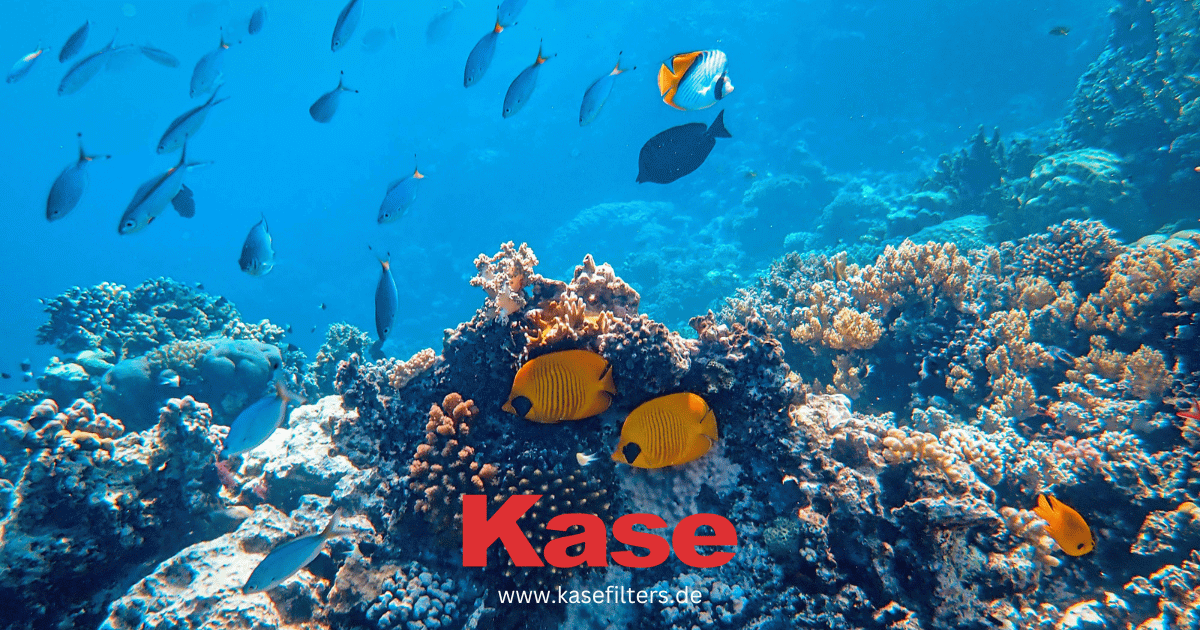General

Why Use Underwater Camera Lens Filters?
Underwater photography is a fascinating pursuit, offering a glimpse into a world that few get to see firsthand. With the right techniques, equipment, and a bit of practice, you can capture stunning images beneath the surface. This article will guide you through the process, focusing on the use of underwater camera lens filters, and answering key questions like "What color filter is best for underwater photography?" and "Do you need a filter for underwater photography?"
Underwater Photography and Camera Lens Filters: why use them?
Underwater lens filters are crucial for capturing vibrant, clear images beneath the surface. They correct color imbalances caused by water absorption, allowing your camera to capture the true colors of the underwater world. Without them, your photos may have a blue or green tint, and lack the vivid colors that make underwater photography so captivating.
What Color Filter is Best for Underwater Photography?
The best color filter for underwater photography largely depends on the depth and lighting conditions.
- Red filters are commonly used in blue water, as they compensate for the loss of red light in deeper water.
- On the other hand, magenta filters are ideal for green water, as they help to neutralize the green cast.

Do You Need a Filter for Underwater Photography?
While it's possible to take underwater photos without a filter, using one can significantly improve your image quality. Filters help to restore colors lost due to the water's light absorption, resulting in more vibrant and natural-looking photos.
How to Use Water Lens Filters?
Lens Filters for Water Photography: Which One to Choose?
There are several types of lens filters available for water photography, including:
- color correction filters,
- polarizing filters,
- and neutral density filters.
The best one for you depends on your specific needs and shooting conditions.

Using Filters in Underwater Photography: Practical Tips
When using filters in underwater photography, remember to adjust your camera settings accordingly. Also, be aware that filters work best in sunny conditions. On cloudy days or in murky water, the effect of the filter might be less noticeable.
How to Improve Your Underwater Lens Filter Photography?
Improving your underwater lens filter photography involves practice, experimentation, and learning from others. Join underwater photography communities, participate in workshops, and don't be afraid to try different techniques.
In conclusion, underwater photography is a skill that requires knowledge, practice, and the right equipment. With the right lens filters and techniques, you can capture the mesmerizing beauty of the underwater world. Happy diving and shooting!
